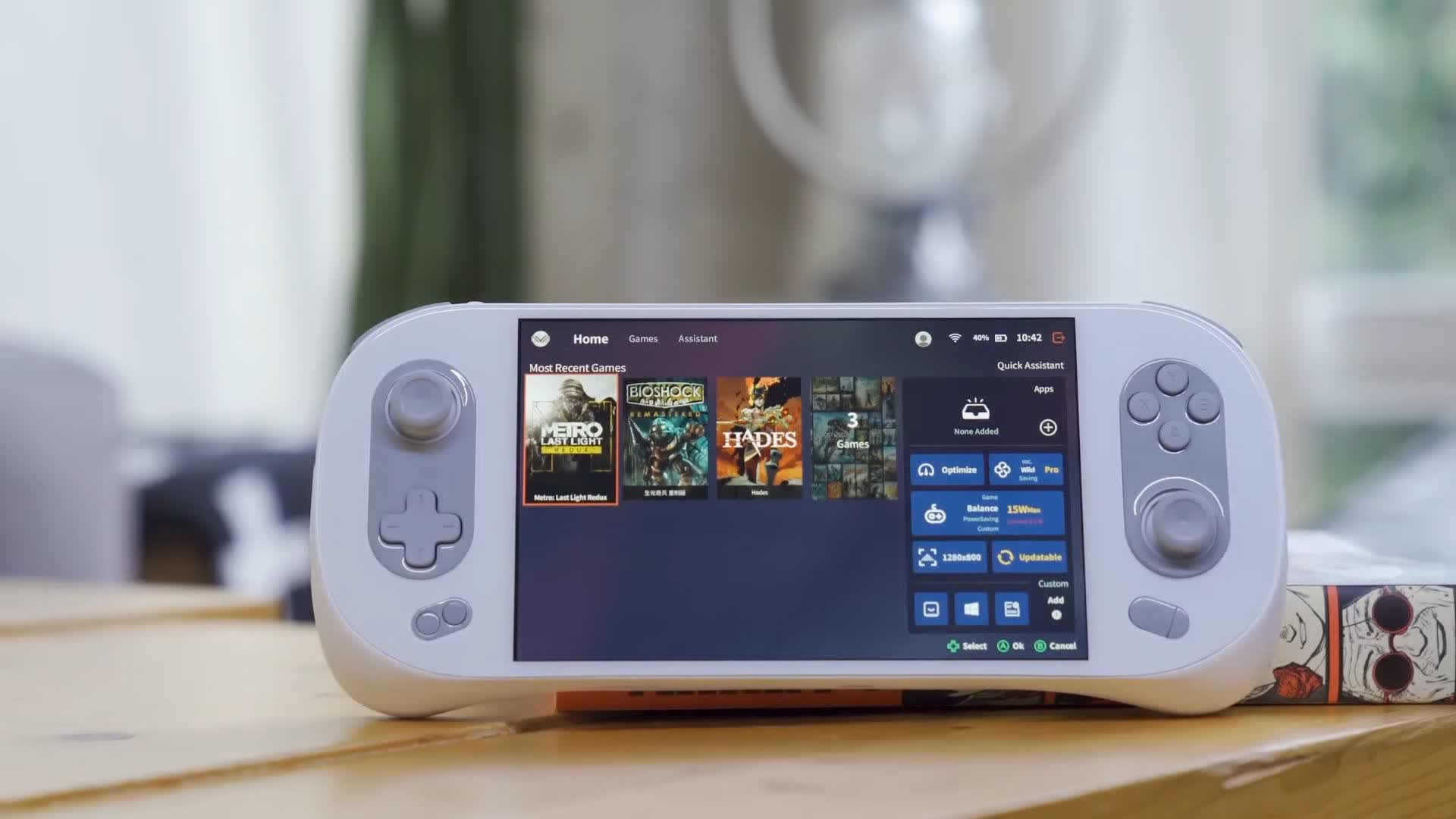Something to look forward to: The Ayaneo 2 will become the Chinese company's new top-tier handheld console when it launches later this year. It'll ship with the AMD Ryzen 7 6800U APU, PCIe 4.0 storage, LPDDR5 RAM, and USB 4.0 support, but don't expect it to come cheap.

Ayaneo recently unveiled their next-gen handheld gaming console, the Ayaneo 2. It features a compact form factor and a retro color scheme, as well as some of the best specs you can find on the handheld market right now.
The Ayaneo 2 will come equipped with the AMD Ryzen 7 6800U APU, which features 8 cores and 16 threads, the new Zen 3+ microarchitecture, and a maximum boost clock of 4.7 GHz. As a reminder, the Steam Deck comes with four Zen 2 cores clocked at up to 3.5 GHz.

The upgrades don't stop there; the console also ships with the Radeon 680M, AMD's most powerful integrated GPU yet. It has a whopping 12 RDNA 2 Compute Units clocked at 2.2 GHz, making it capable of pushing 3.38 teraflops, over twice the Steam Deck's 1.6 teraflops.
This APU's TDP can be configured up to 28W, so it will be interesting to see if Ayaneo's cooling solution will allow the chip to stretch its legs, at least when the console is docked.

Other features include support for PCIe 4.0 storage, LPDDR5-6400 RAM, and USB 4.0, and it will come preinstalled with Windows 11.
The Ayaneo 2 is supposed to launch by the end of this year, although the company didn't announce pricing. It probably won't be anywhere near as affordable as the Steam Deck, considering that all of their current handheld consoles cost over $1,000.
https://www.techspot.com/news/94601-ayaneo-2-packs-amd-ryzen-7-6800u-could.html